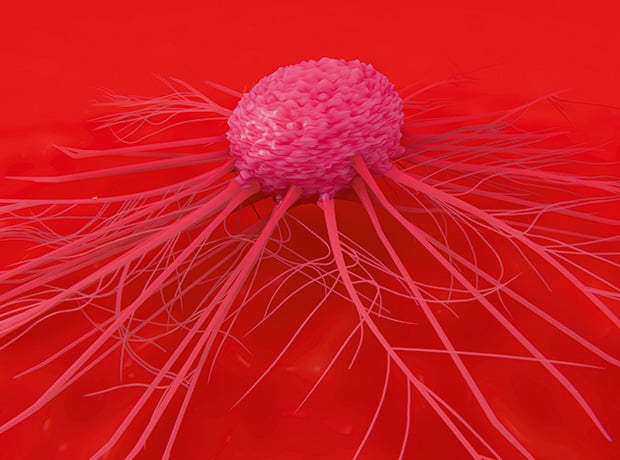Researchers map interactions of 144 active substances to identify drug benefits

The study yielded over one million dose-responsive curves for existing cancer drugs
Researchers from the Technical University of Munich (TUM) have successfully mapped the interactions of over 100 active substances with around 8,000 proteins to help identify previously unknown benefits of existing drugs.
Published in Nature Biotechnology, researchers yielded more than one million dose-responsive curves, which demonstrated the mechanism behind the effects of active substances over the course of treatment.
Precision medicine is designed to optimise efficiency or therapeutic benefit for particular groups of patients using genetic or molecular profiling to provide patients with the most individualised treatment possible.
To do this, a precise understanding of what is happening at the cellular level is required.
Researchers treated cells with various doses of 144 active substances, most of which are already being used in cancer treatment or are in the clinical approval stage. Once extracted, the team analysed proteins using mass spectrometry before studying the cell reactions using the data.
In cancer, depending on its type, very different things occur at the molecular level. With a detailed understanding of these processes, it can help to select suitable treatments and can offer clues for the development of new drugs.
Using this data and a method known as decryptE, researchers were able to show that the immune system can be weakened by a class of drugs called histone deacetylase inhibitors, which can affect the treatment of tumours that leverage the immune system.
decryptE records everything that occurs and generates large amounts of data for researchers to analyse with digital methods.
The team hopes that the results of the study could offer new insights into the previously undiscovered effects of widely used drugs.
Bernhard Küster, professor of proteomics and bionalaytics, TUM School of Life Sciences, commented: “Many drugs can do more than we think… We believe that many widely used drugs will also have effects of which we are still unaware.
“One of the goals of our research is to systematically seek them out without having to wait for such accidental discoveries.”







